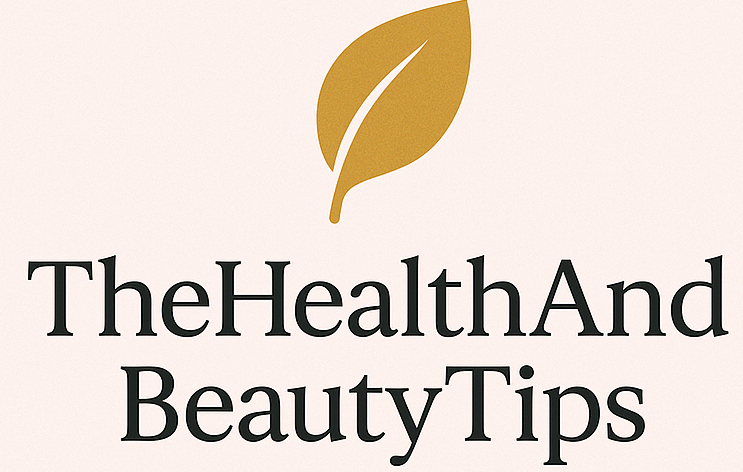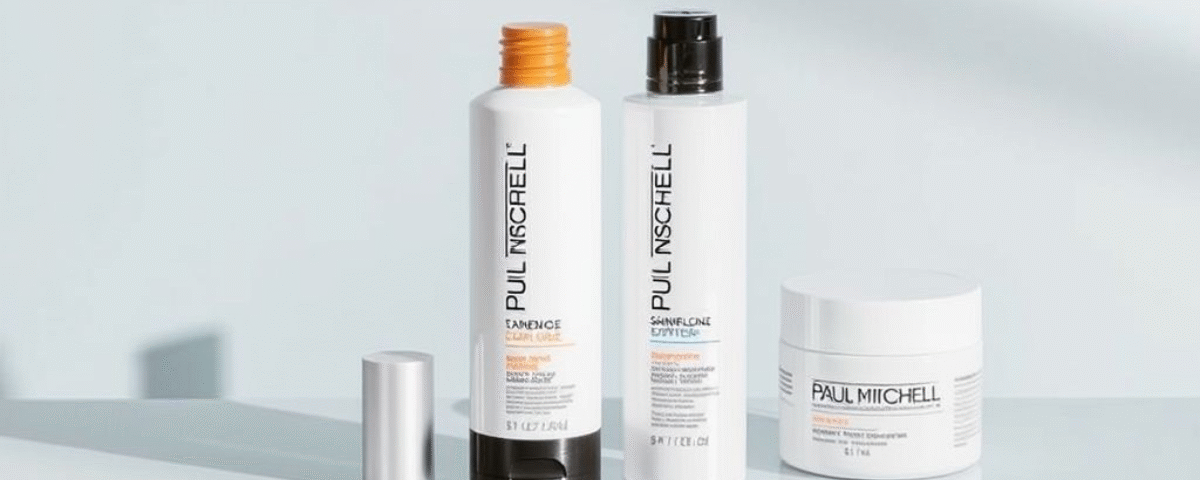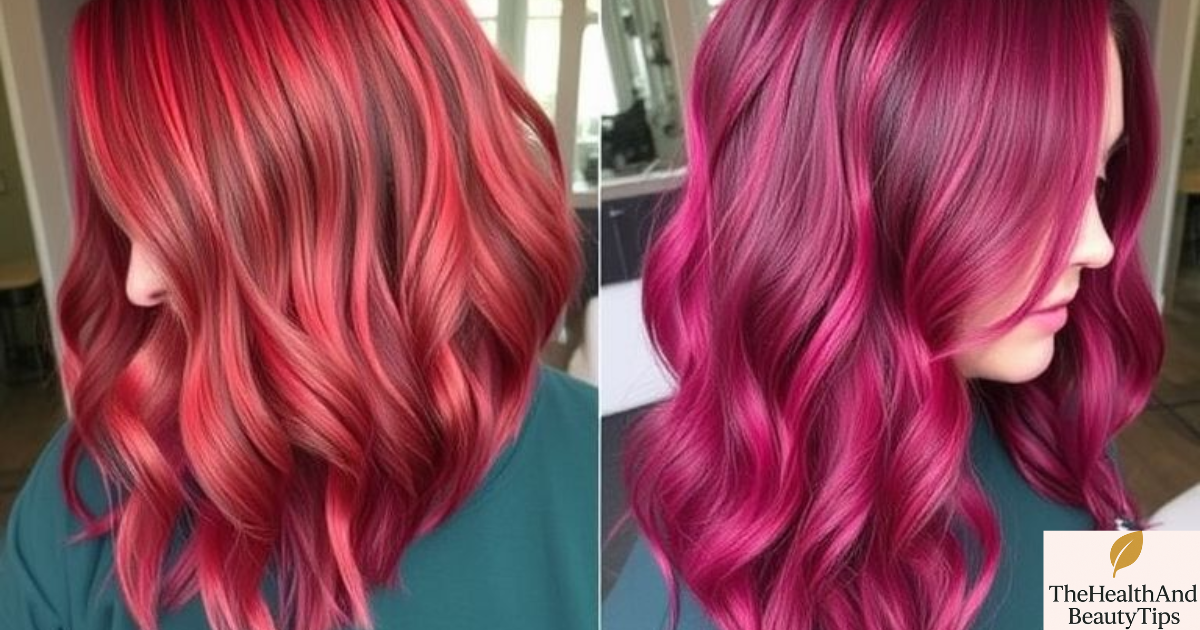Many color lovers often wonder, Does Paul Mitchell damage hair color? With countless salon formulas on the market, it’s only natural to question how your favorite brand affects your hair’s vibrancy. Does Paul Mitchell damage hair color after a few washes, or does it actually protect and nourish your strands?
As one of the most trusted professional haircare names in the U.S., the brand promises gentle, color-safe performance — but is that always true? In this 2025 expert guide, we’ll uncover whether Paul Mitchell products damage hair color, how ingredients play a role, and which lines are truly safe for salon-treated hair. If you’ve ever asked yourself, Does Paul Mitchell damage hair color?
Understanding Why Hair Color Fades
Before blaming any product, it’s essential to understand why hair color fades in the first place. Hair dye isn’t a permanent fixture — it’s a complex interaction between chemical bonds, pigment molecules, and your hair’s cuticle structure.
1. Heat & UV Exposure
Prolonged exposure to sunlight and styling tools can oxidize color molecules, breaking them down and leaving your shade dull or brassy.
2. Harsh Surfactants
Strong detergents such as Sodium Lauryl Sulfate (SLS) or Ammonium Lauryl Sulfate (ALS) can strip away both natural oils and artificial pigments. These ingredients are often found in traditional shampoos and are known color-killers.
3. High pH Formulas
Shampoos with a high pH raise the hair’s cuticle layer, making it easier for dye molecules to escape during washing.
4. Hard Water & Mineral Buildup
If you live in regions like California, Texas, or Florida — where hard water is common — minerals like calcium and magnesium cling to strands, dulling shine and accelerating fading.
5. Over-washing & Chemical Overload
Washing too frequently or mixing color treatments with keratin, bleach, or perms can compromise your hair’s structural integrity and lead to color loss.
Understanding these culprits helps us evaluate Paul Mitchell more fairly — are their products protective or potentially damaging?
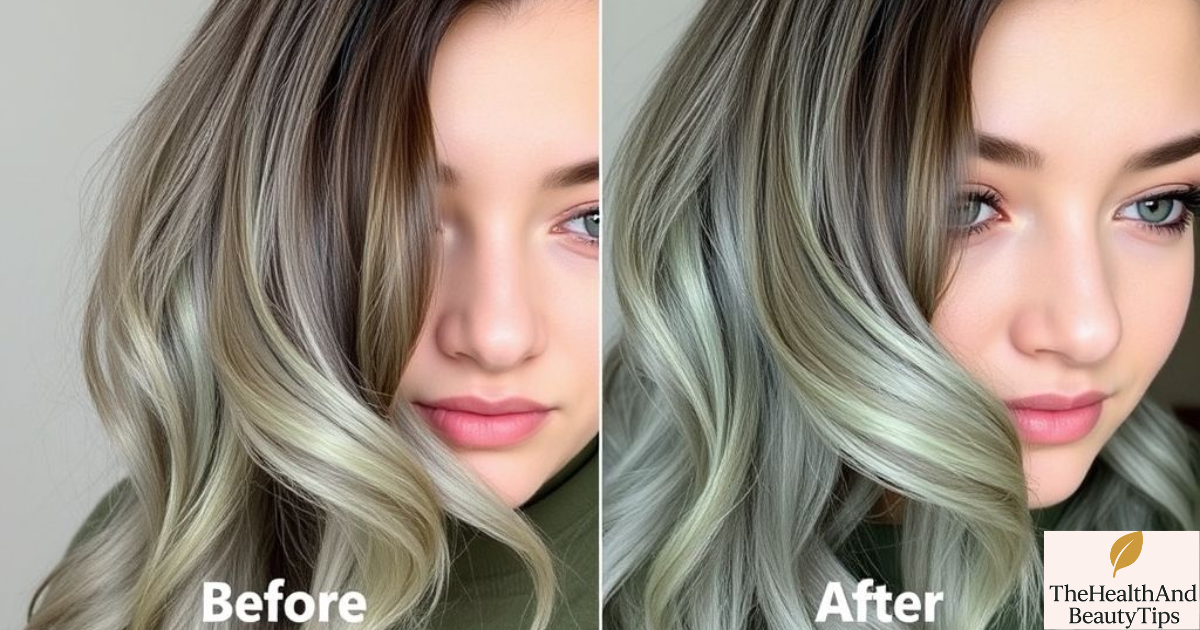
A Look Into Paul Mitchell’s Philosophy and Product Lines
Paul Mitchell, founded in 1980 by John Paul DeJoria and Paul Mitchell himself, was one of the first cruelty-free professional haircare brands. It’s now a global name in salons, known for its eco-friendly initiatives and diverse product portfolio.
Key Lines Relevant to Color-Treated Hair:
-
Color Protect Collection – Marketed as color-safe and protective against UV and environmental damage.
-
Clean Beauty Color Protect – A newer line featuring botanical ingredients and vegan formulations.
-
Tea Tree Special Color – Designed for vibrant hair with added scalp care benefits.
-
The Demi Color Gloss – A tone-refreshing, ammonia-free gloss designed to maintain vibrancy between salon visits.
-
Awapuhi Wild Ginger Repair Line – Formulated to strengthen and hydrate color-treated or chemically processed hair.
The company positions these collections as gentle and protective — but let’s dig into the ingredient reality.
Ingredient Breakdown: What’s Inside Paul Mitchell Products?
Ingredients determine whether a product truly protects or harms hair color. Here’s an expert-level analysis of what’s found in Paul Mitchell’s most popular lines.
🚫 Ingredients That May Contribute to Fading
-
Ammonium Lauryl Sulfate (ALS):
A foaming agent used in some Color Protect shampoos. While effective at cleaning, it can be harsh on freshly dyed hair. -
Sodium Chloride (Salt):
Adds viscosity but can dry out hair and cause color to slip faster. -
Alcohol Denat. & Fragrance:
It can lead to dryness and increased porosity if overused. -
High pH Adjusters:
Citric acid or sodium hydroxide in excess can lift the cuticle slightly, allowing pigment escape.
✅ Ingredients That Help Preserve Color
-
Sunflower Extract:
Rich in antioxidants and known for protecting against UV damage. Featured in the Color Protect line. -
Soy Proteins & Panthenol (Pro-Vitamin B5):
Add strength and moisture, sealing the cuticle to lock in color. -
Botanical Oils (Argan, Olive, Jojoba):
Found in Clean Beauty Color Protect — enhances softness and vibrancy. -
UV Filters & Antioxidants:
Help shield pigments from environmental oxidation.
In short, Paul Mitchell has both protective and potentially fading ingredients, depending on the product. Choosing the right line is critical.
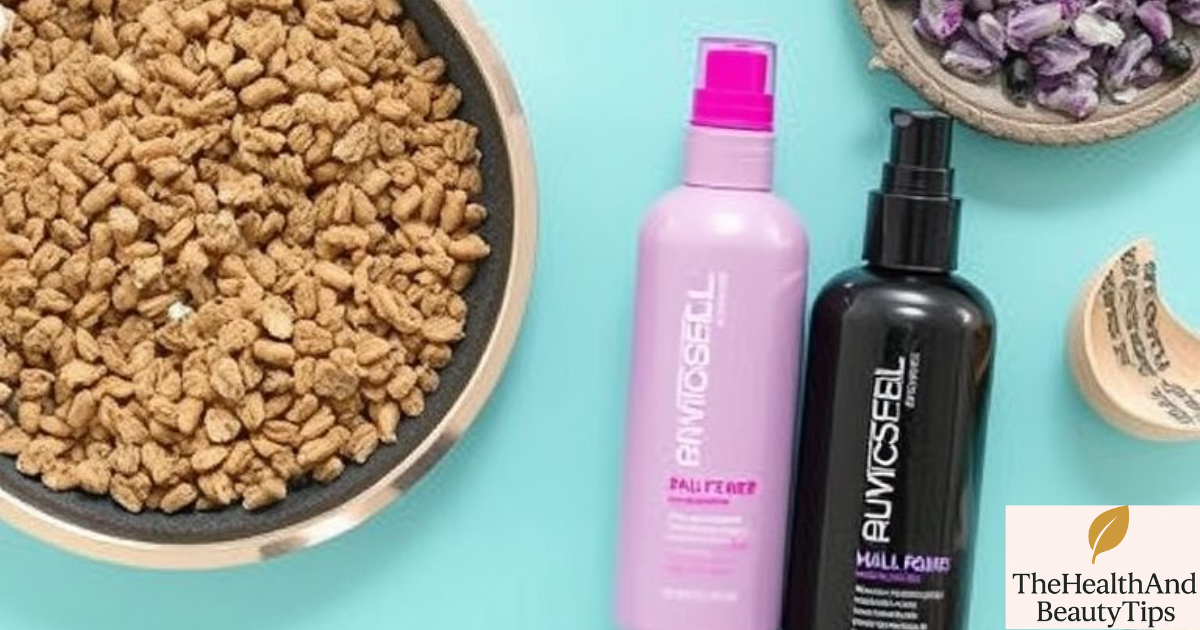
What Stylists and Users Are Saying
When it comes to haircare, real-world experience often speaks louder than brand promises. U.S. stylists and online reviews show a mixed consensus on Paul Mitchell’s impact on hair color.
💬 Positive Reviews
-
My clients who use Clean Beauty Color Protect see less brassiness after four weeks. – Salon stylist, Los Angeles
-
The Color Protect Shampoo leaves my hair soft and doesn’t strip my red highlights. – Ulta Beauty reviewer, verified purchase
-
Love that it’s vegan and smells amazing — my balayage lasts longer than with drugstore brands. – Amazon customer, U.S.
⚠️ Negative Experiences
-
“My color faded faster with the original Color Protect — switched to Pureology and saw better results.”
-
“Too much fragrance and sulfate — not ideal for fresh dye jobs.”
-
“Good for normal hair, not great for salon color longevity.”
💡 Professional Verdict
Stylists generally agree: Paul Mitchell is safe for color-treated hair when you use the right formulas.
However, the original Color Protect line may be slightly too cleansing for newly colored or high-porosity hair.
Comparing Paul Mitchell to Other Professional Brands
Let’s see how Paul Mitchell stacks up against some of its top competitors in the U.S. salon market:
| Brand | Core Philosophy | Sulfate-Free Options | Color Protection Strength | Price Range |
|---|---|---|---|---|
| Paul Mitchell | Cruelty-free, salon-professional | Partial (Clean Beauty line) | Moderate | $$ |
| Pureology | 100% vegan, zero sulfates | Yes | Excellent | $$$ |
| Olaplex | Bond-repair technology | Yes | High | $$$$ |
| Redken Color Extend | Bonding & color protection | Yes | High | $$ |
| Aveda | Plant-based, eco-friendly | Yes | Moderate to High | $$$ |
Verdict: Paul Mitchell offers a more affordable, widely available color-safe option but doesn’t reach the ultra-protective level of brands like Olaplex or Pureology.
However, its newer Clean Beauty range competes closely with these higher-end brands in terms of gentleness and sustainability.
How to Use Paul Mitchell Products to Protect Hair Color
Even the best formula won’t help if used incorrectly. Here’s how U.S. stylists recommend using Paul Mitchell for maximum color retention:
-
Wait at least 48–72 hours after coloring before shampooing.
This allows the color molecules to fully lock into the hair shaft. -
Use lukewarm or cool water.
Hot water lifts the cuticle, allowing dye to escape. -
Limit washing to 2–3 times per week.
Over-washing accelerates fading. -
Dilute shampoo slightly.
Add a little water to your palm before applying; this softens the cleansing power. -
Always follow with conditioner or mask.
It reseals the cuticle and locks moisture in. -
Use a UV/heat protectant.
Paul Mitchell’s Hot Off The Press or Color Protect Locking Spray are excellent choices. -
Avoid mixing with clarifying shampoos unless removing buildup — once every 2–3 weeks max.
-
Get a gloss treatment or toner refresh every 6–8 weeks to revive vibrancy.
-
Sleep on a silk pillowcase to minimize friction and pigment loss.
These habits, when combined with the right Paul Mitchell formula, can drastically extend your color life — especially in the dry climates of the western U.S.
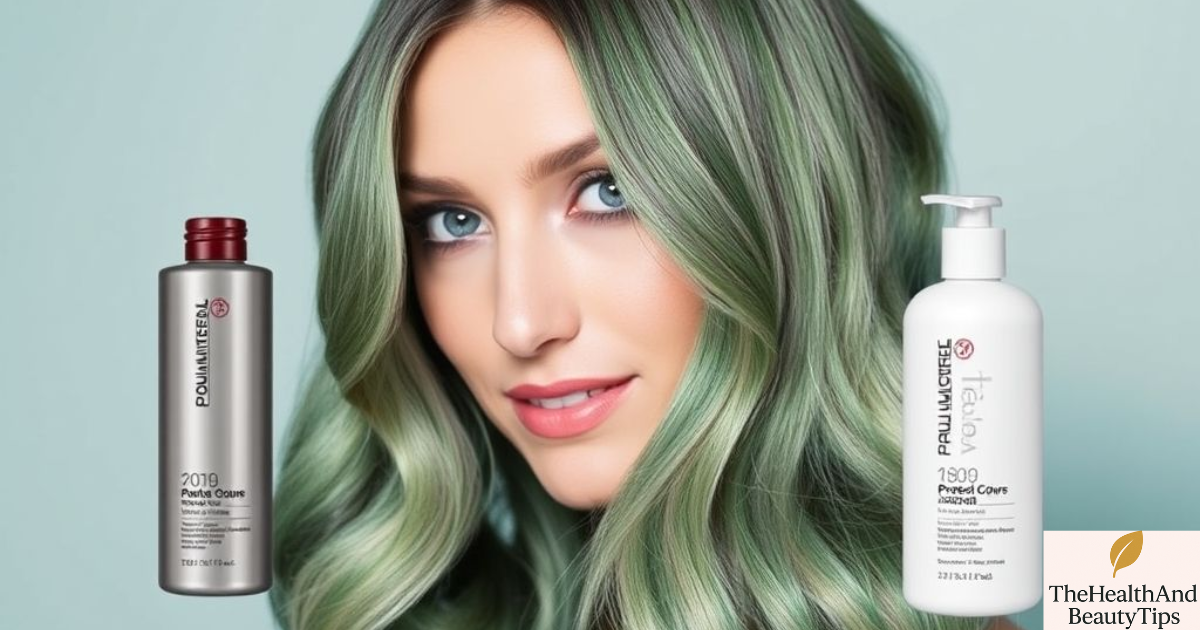
The Safest Paul Mitchell Products for Color-Treated Hair (2025 Picks)
Here’s a curated list of the best Paul Mitchell lines specifically for color preservation, based on ingredients, stylist recommendations, and user feedback:
| Product | Why It’s Great | Ideal For |
|---|---|---|
| Clean Beauty Color Protect Shampoo & Conditioner | Sulfate-free, vegan, plant-based formula with antioxidants and sunflower extract | All color-treated hair types |
| Tea Tree Special Color Shampoo | Soothes scalp while protecting color; invigorating but gentle | Fine or oily color-treated hair |
| Awapuhi Wild Ginger Moisturizing Lather Shampoo | Repairs dryness and improves shine without fading color | Dry, damaged, or highlighted hair |
| Color Protect Locking Spray | Adds UV and thermal protection, seals color vibrancy | Daily protection and styling |
| The Demi Color Gloss | Tones and refreshes salon color between services | Anyone wanting extra shine and tone correction |
These lines represent Paul Mitchell’s most color-friendly formulas in 2025.
Ingredient Transparency: What to Avoid in Older Paul Mitchell Lines
Some older or non-specialized Paul Mitchell products (like the Original Shampoo One or Clarifying Shampoo Two) were never designed for color-treated hair.
While excellent for cleansing buildup, they can strip color molecules due to stronger detergents.
Avoid these if you have fresh salon color:
-
Paul Mitchell Shampoo Two (deep cleanser)
-
Paul Mitchell Shampoo Three (swimmer’s clarifier)
-
Paul Mitchell Super Skinny Daily Shampoo (contains silicones that may dull color over time)
Always look for the “Color-Safe” or “Color Protect” label on the bottle — that’s your first safeguard.
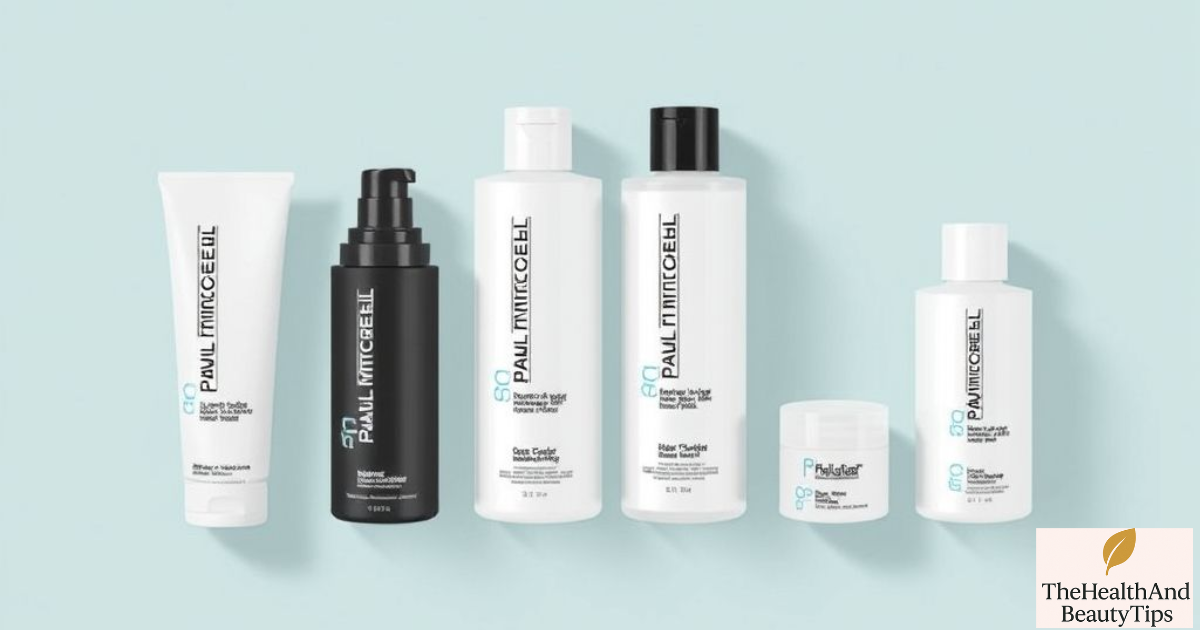
Expert Insights: What U.S. Colorists Say in 2025
Paul Mitchell has come a long way. The Clean Beauty line rivals Pureology in gentleness but at a better price point.
— Erika James, Celebrity Colorist, New York
Their classic Color Protect shampoo is fine for maintenance, but not ideal right after a fresh color service.
— John Rivera, Paul Mitchell Educator, Miami
Clients who pair Paul Mitchell Color Protect with UV spray notice less brassiness, especially blondes.
— Tara Nguyen, Salon Owner, Los Angeles
Overall consensus: Paul Mitchell doesn’t inherently “damage” hair color — misuse or wrong product selection is usually the culprit.
Conclusion: So, Does Paul Mitchell Damage Hair Color?
After analyzing formulations, stylist insights, and user data, here’s the verdict:
No — Paul Mitchell does not inherently damage hair color.
However, certain older or clarifying products may accelerate fading if used on freshly colored hair.
The brand offers excellent color-safe lines like Clean Beauty Color Protect, Awapuhi Wild Ginger, and Tea Tree Special Color, which can extend vibrancy, enhance shine, and protect against UV damage when used correctly.
Final Pro Tips:
-
Choose sulfate-free formulas
-
Wash less often and use cool water
-
Always condition and protect from heat
-
Refresh with gloss or toner regularly
When paired with proper aftercare, Paul Mitchell products can be a beautiful ally for your color-treated hair — not an enemy.
Frequently Asked Questions (FAQs)
1. Is Paul Mitchell shampoo safe for color-treated hair?
Yes — most Paul Mitchell shampoos labeled “Color Protect” or “Clean Beauty” are safe. Avoid clarifying or deep-cleansing versions unless specifically needed.
2. Does Paul Mitchell color cause hair breakage?
No, not when used properly. However, high-pH dyes or misuse of lightening agents (like bleach) can weaken strands regardless of brand.
3. Which Paul Mitchell line is best for blondes?
Awapuhi Wild Ginger or Tea Tree Special Color is ideal. They hydrate and protect without dulling blonde tones.
4. Is Paul Mitchell sulfate-free?
Only select lines (like Clean Beauty) are fully sulfate-free. Always check the ingredient list — the brand offers both sulfate and sulfate-free options.
5. How long does hair color last when using Paul Mitchell?
Typically 6–8 weeks, depending on wash frequency, water type, and heat exposure. Using color-safe products extends longevity by up to 30%.
6. Is Paul Mitchell better than Olaplex or Pureology for color protection?
Not necessarily better, but more affordable and widely available. Pureology remains top-tier for color longevity, while Paul Mitchell balances performance and price.
